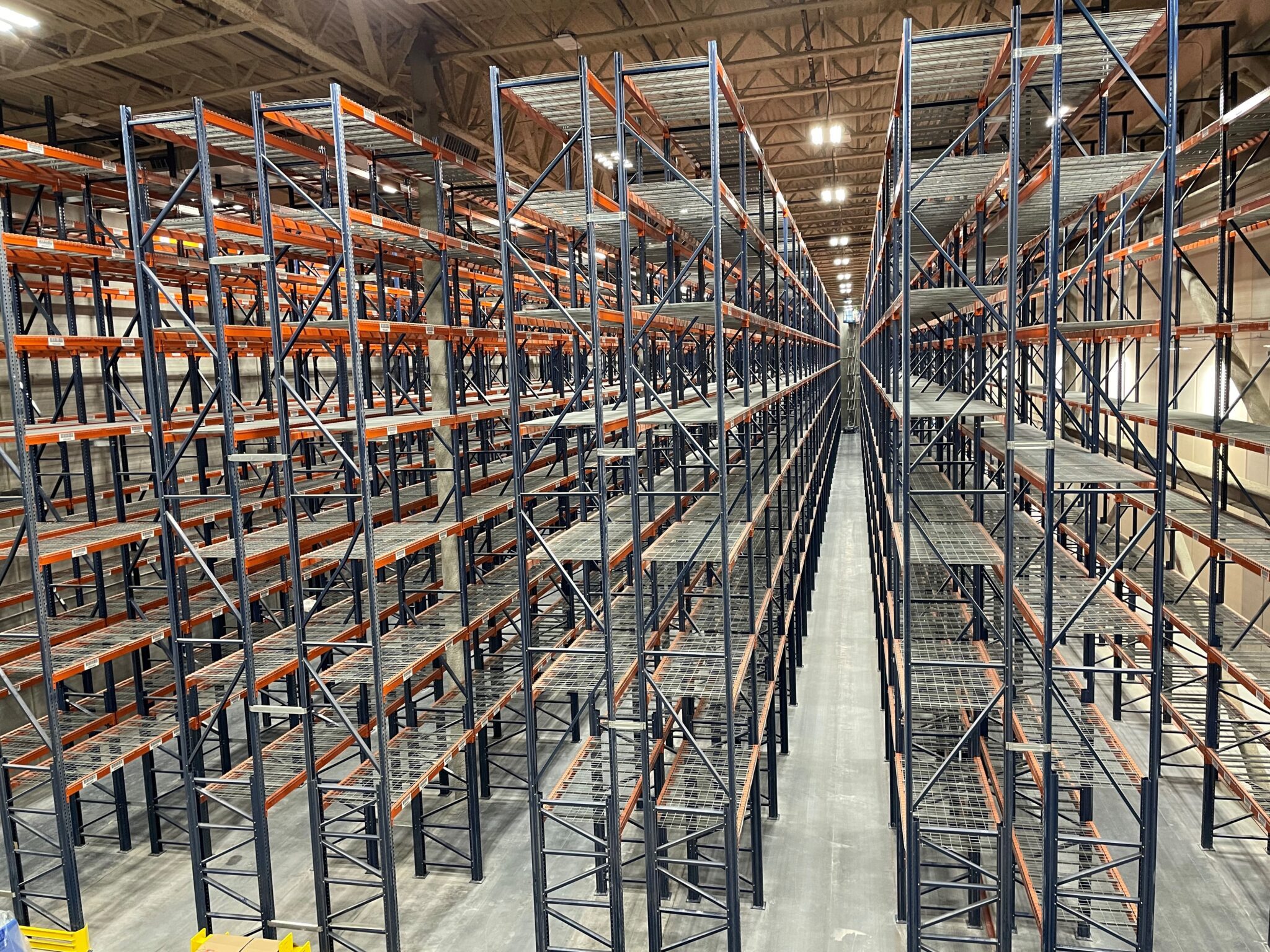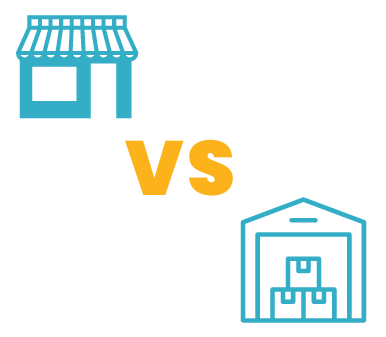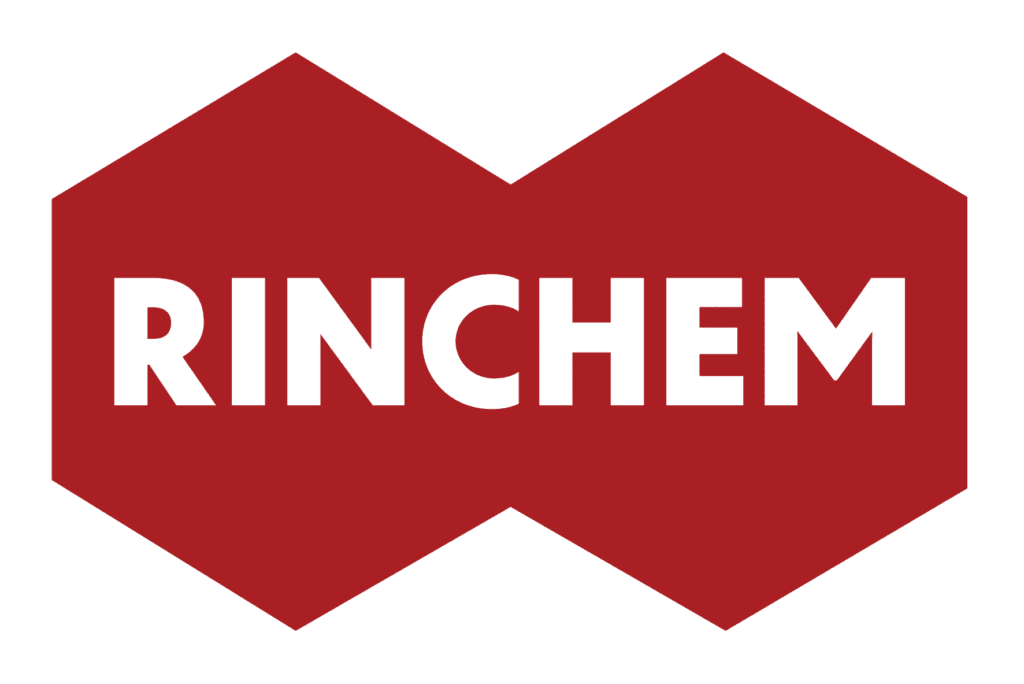Selecting the Proper Warehouse for Your Chemical & Gas Storage
Introduction

In this White Paper, we look at three different warehousing decisions:
- Insource vs Outsource
- Generalist vs Specialist
- Small Regional Provider vs Global Provider
Insource vs. Outsource

- Build to exact required specifications for your business
- Control all warehouse operations
- Integrate with your systems from the start
If you choose to build, be aware of the following considerations:
Understand the regulatory maze and permitting requirements
Building codes, fire codes, environmental regulations, and federal safety requirements varies dramatically by country, state, and city, which is further amplified by the type of materials being stored. If your organization has experience in major building projects involving hazmat and temp control regulatory compliance, the team should be familiar and not be thrown off by the red tape. If you are not confident in your internal team’s ability to address these hurdles, you should find a seasoned third party.Stricter infrastructure and engineering requirements
In addition to permitting, hazardous materials are subject to more rigorous construction and system requirements that you’ll need to know in advance. Make a list of these requirements to use in your insource vs. outsource analysis. Not being prepared for these road blocks could make your original cost estimates balloon.- Fire-rated structures (e.g., 2–4-hour walls, explosion venting)
- Specialized HVAC and ventilation for toxic or flammable fumes
- Explosion-proof electrical and equipment (Class I Div 1/2-rated)
- Secondary containment, sloped drainage, and chemical-resistant flooring
- Backup power, alarms, and fire suppression systems (e.g., foam)
- ADA and other modern building code requirements
Long-term and operational costs
In addition to permitting, hazardous materials are subject to more rigorous construction and system requirements that you’ll need to know in advance. Make a list of these requirements to use in your insource vs. outsource analysis. Not being prepared for these road blocks could make your original cost estimates balloon.- Hiring and training qualified hazmat personnel
- Developing safety programs, SOPs, and completing regulatory certifications
- Handling ongoing inspections, maintenance, and recertifications
- Passing regular audits
- Absorbing higher insurance premiums and risk exposure
- Accepting full liability in a regulatory failure or safety incident
- Waste disposal processes and compliance
- Spread heavy infrastructure investments across multiple clients
- Achieve economies of scale
- Offer ready-to-go compliance, systems, and expertise
- Deliver long-term cost efficiency, even if the upfront pricing seems higher
- Allow you to focus on your core competencies
Generalist vs Specialist

Many who work in chemical logistics face another decision: go with a general warehousing 3PL or a 3PL that specializes in chemicals and gases.
Generalist provers offer several advantages, including:- Potentially larger geographic footprint
- Cost efficiency from less investment in infrastructure and compliance
- Flexibility if you have both nonregulated and hazmat materials
Limited Specialized Infrastructure
A general 3PL typically relies on multipurpose warehouses designed to handle many types of goods. They might dedicate a portion of the space to hazardous materials, but these areas are usually adapted rather than purpose-built for chemical storage.Depth of Expertise and Training
You’re reading this white paper because you are dealing with materials that require special conditions. You understand the extra steps and regulations associated with your products. When considering a general facility, it is important to ensure the people who physically manage your materials are properly trained and experienced.The following table shows some of the gaps that might exist between a general warehouse and specialized:
In a large generalist 3PL:
A specialized hazmat 3PL:
Risk Management and Accountability
Chemicals and gases require more attention and have a higher susceptibility to issues. You don’t want to think about an accident happening, but the truth is they do. In deciding on a warehouse partner, you need to be confident they can properly handle leaks, spills, waste disposal, and other mishaps.Compared to specialized providers, general warehouses may have limitations such as:
- Slower adaptation to new regulations (like updated labeling or tracking)
- Manual workarounds instead of specialized IT systems
- Limited on-site containment or emergency response, with general providers relying on external hazmat cleanup crews during a spill
- No directed put-away that incorporates logic for incompatibility of materials and hazmat classes
Small Regional Provider vs Global Provider

When searching for a warehouse facility many times you’ll find that small regional providers tend to have the lowest prices.
If the price seems too good to be true, you need to do your due diligence.
Potential Risks
Conclusion
You have a lot of factors to take into consideration when choosing a warehousing partner for your chemical and gas supply chains. Hopefully we were able to provide you with a solid list of questions and considerations to run through during your decision making process.
We’ve walked through three different decisions on storing chemical and gases:
- Insource vs. Outsource
- Generalist vs. Specialist
- Small Regional Provider vs. Global Provider

- Nearly 50 years of experience in chemical and gas storage
- The ability to navigate and adhere to the more stringent rules and regulations
- Facilities engineered with stringent safety feature and practices
- Highly trained staff at each location
We welcome new partnerships and thrive on being a critical piece in your global supply chain.
How can we help?
